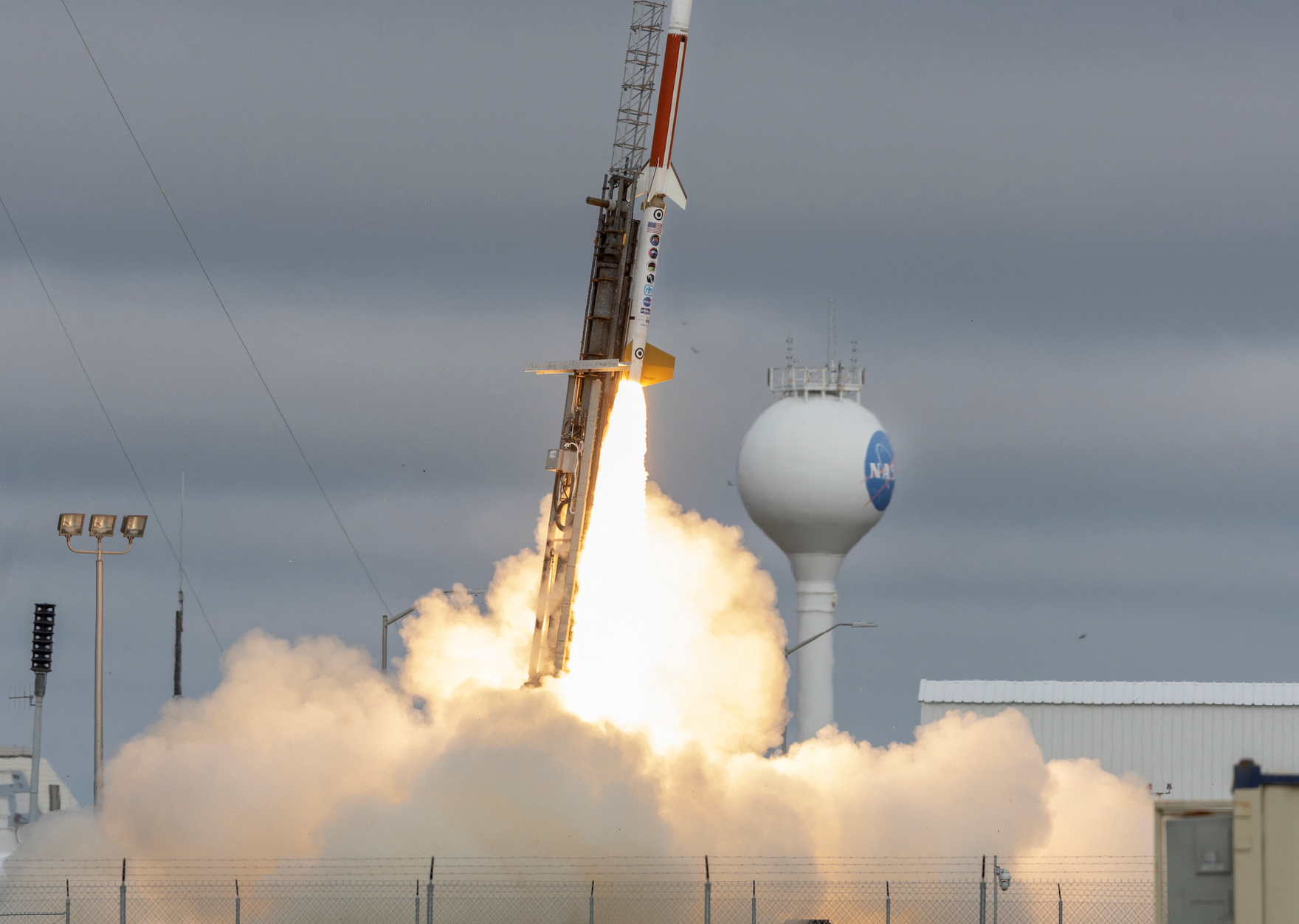Combining the speed of ballistic weapons with the manoeuvrability of cruise missiles, hypersonic glide vehicles (HGVs) exemplify a new generation of low-altitude precision munitions. With their unique capacity to avoid defence systems by manoeuvring in mid-flight, these weapons pose a significant risk to the global balance of power.
China’s rising investments in missile forces at the operational and strategic levels could dramatically change the calculus of major power war. Both China and Russia have made significant strides in developing and testing hypersonic weapons, outpacing the United States and its North Atlantic Treaty Organization (NATO) allies. According to a recent essay by US Maj. Christopher J. Mihal for Military Review, China now has enough anti-ship missiles to attack every US surface combatant vessel in the South China Sea and enough firepower to overcome each ship’s missile defence.
Innovation Drives Military Defence
With the capacity to travel at speeds exceeding Mach 10 (10 times the speed of sound) before manoeuvring unpowered at low altitude to reach their target, HGVs are exceptionally hard to detect, track or intercept. Where ballistic missiles travel in high arcs, HGVs manoeuvre along much flatter trajectories — sometimes just hundreds of feet above the ground — making them extremely deadly to aircraft carriers. Indeed, the combination of accuracy and high kinetic force makes HGVs uniquely effective weapons.
The rise of hypersonic munitions has ignited a fierce debate about the changing nature of defence technologies. The twentieth century saw the introduction of tanks in the First World War, providing mobile firepower and protection for modern infantries. The invention of gunpowder in ancient China gave rise to firearms, cannons and eventually munitions, drastically changing the dynamics of siege warfare and battlefield strategy. Each of these milestones permanently altered military history.
Don’t Believe the Hype
For their critics, the “hype” around hypersonic weapons is overblown. Given their exorbitant price tag — some costing as much as an American F-35 jetfighter — HGVs are seen as a luxury weapon. Indeed, by comparison, a large number of cruise missiles, costing $2 million each, could potentially reach the same targets as a hypersonic missile at a fraction of the cost. Within the US military itself, many now suggest that HGVs could ultimately be repelled by next-generation lasers and directed energy weapons. For the moment, however, solid-state lasers remain experimental, energy deficient, limited in range and vulnerable to weather.
Part of the growing concern about China’s hypersonics program is that it will drive technological innovation in other domains. Capable of being fired from land, air or sea, hypersonic weapons are often described as “carrier killers.” According to US intelligence sources, China recently tested a nuclear-capable HGV that successfully flew through low-Earth orbit, encircling the globe before striking within two-dozen miles of its target. Chinese war games indicate the capacity of HGVs to penetrate heavily armoured aircraft carriers, making NATO warships uniquely vulnerable.
While it might be premature to declare aircraft carriers obsolete, military strategies surrounding their deployment will undoubtedly change. After years of warnings that China has gained the upper hand, the US Department of Defense (DoD) has begun pouring enormous sums of money into hypersonic technologies. In its latest five-year budget plan, DoD is requesting $13 billion over the 2023–2027 period for developing hypersonic missiles and almost $2 billion for procuring new missiles.
Welcome to the New Hypersonic Age
Technological superiority generally precedes military predominance. Notwithstanding their high cost, hypersonic technologies remain a significant danger to the global balance of power. By investing heavily in the technology, China, Russia and Iran now seek to challenge US naval predominance. China, in particular, has taken the lead with the DF-17 (an HGV with a range of 1,600 kilometres), the DF-41 (an intercontinental ballistic missile) and the Starry Sky-2 (a nuclear-capable hypersonic prototype).
As industrializing nations rush to develop or acquire such weapons, the prospects of “accidental war” rise accordingly. What seems clear is that the rise of precision-guided, high-speed munitions — together with drones and robotics — heralds a new era in remote and asymmetrical warfare.



